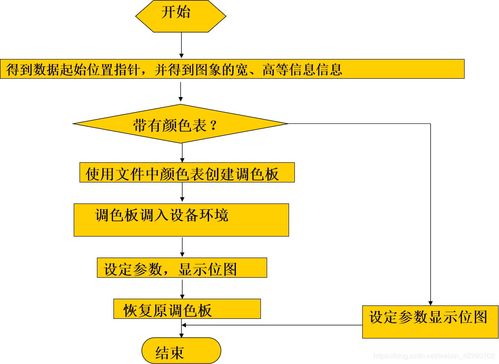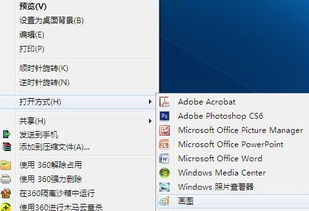
Understanding the Bitmap Image File Format
Bitmap images, often referred to as raster images, are a fundamental component of digital graphics. They are widely used in various applications, from web design to photography. In this article, we will delve into the intricacies of the bitmap image file format, exploring its history, structure, and applications.
History of Bitmap Images

Bitmap images have a rich history that dates back to the early days of computing. The concept of a bitmap was first introduced in the 1960s, with the development of the first digital image scanners. These early scanners were capable of converting physical images into digital format, which could then be stored and manipulated on computers.
One of the earliest bitmap image formats was the BITMAP file format, which was introduced by Microsoft in 1985. This format became widely popular due to its compatibility with Windows operating systems. Over the years, several other bitmap formats have been developed, each with its own unique features and capabilities.
Structure of a Bitmap Image

A bitmap image is composed of a grid of pixels, each of which represents a single point in the image. The color and intensity of each pixel are determined by its red, green, and blue (RGB) values. The structure of a bitmap image can be broken down into several key components:
-
Pixel Data: This is the actual data that represents the image. Each pixel’s RGB values are stored in a specific order, which can vary depending on the image format.
-
Header Information: The header contains metadata about the image, such as its dimensions, color depth, and compression method.
-
Color Palette: Some bitmap image formats use a color palette to store the RGB values of the image. This palette is a limited set of colors that the image can use, which can help reduce file size.
Here is a table that compares some of the most common bitmap image formats and their key features:
| Format | Color Depth | Compression | File Extension |
|---|---|---|---|
| BMP | 1 to 32 bits | No | .bmp |
| JPEG | 8 to 32 bits | Yes | .jpg, .jpeg |
| PNG | 8 to 32 bits | Yes | .png |
| GIF | 1 to 8 bits | Yes | .gif |
Applications of Bitmap Images

Bitmap images are used in a wide range of applications, including:
-
Web Design: Bitmap images are commonly used in web design to create graphics, icons, and backgrounds.
-
Photography: High-quality bitmap images are essential for professional photography, as they allow for detailed and accurate representation of the subject.
-
Medical Imaging: Bitmap images are used in medical imaging to store and display images such as X-rays and MRI scans.
-
Video Games: Bitmap images are used in video games to create characters, environments, and other visual elements.
Conclusion
Bitmap images are a fundamental component of digital graphics, with a rich history and diverse applications. Understanding the structure and capabilities of bitmap image formats can help you make informed decisions when working with digital images. Whether you are a web designer, photographer, or simply a graphic enthusiast, knowing how bitmap images work can enhance your ability to create and manipulate visual content.





